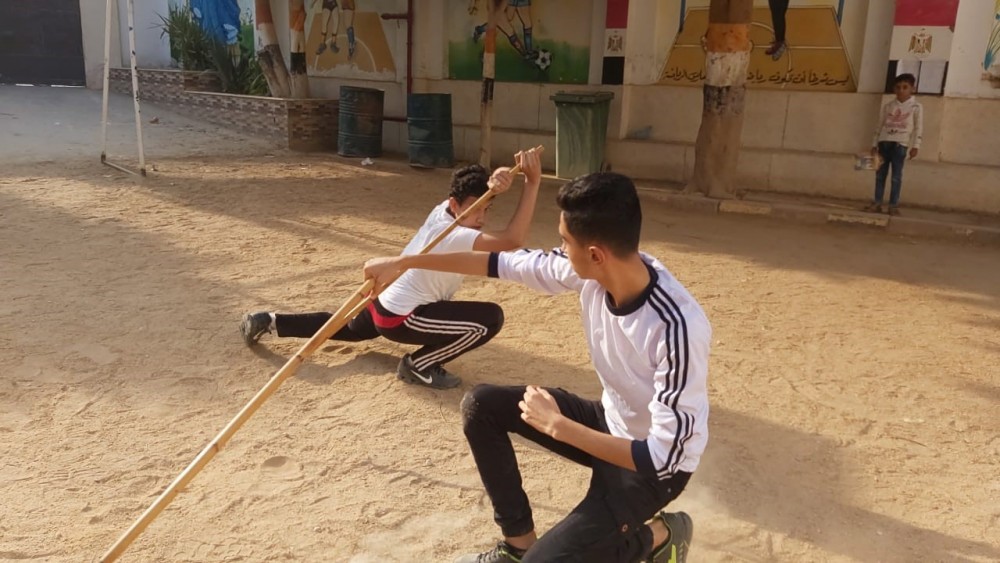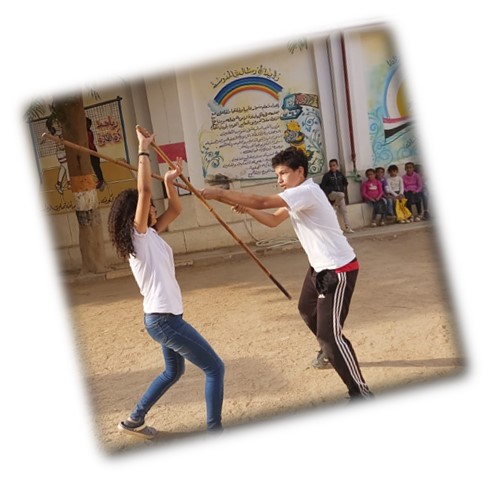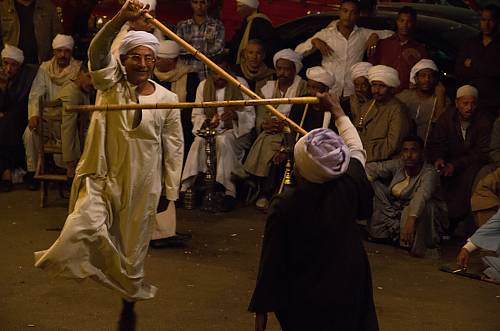africa | Tahteeb
페이지 정보
작성자 WoMAU 작성일20-03-24 2,369회 댓글0건관련링크
본문
|
Tahteeb |
|
Tahtib “Stick Game” |
|
Member Organization(s) |
|
Introduction |
|
Tahteeb was used as a form of martial arts in ancient Egypt. Its role has since changed to that of a festive game but some of the symbolism and values associated with the practice remain. The performance involves a brief, non-violent interchange between two adversaries, each wielding a long(1.3m) rattan stick while folk music plays in the background. The rules of the game are based on values such as mutual respect, friendship, courage, strength, chivalry, and pride. |
|
History |
|
Tahteeb is originally a stick martial art described since the fifth Egyptian dynasty Sahoureh king(25th B.C.). It progressively became a festive and participative game. Tahteeb is now a folk practice combining art and skill, a non-verbal form of communication accomplished by the use of a stick, enhanced by the music played by the folk musicians with derbouka(percussion), mizmar(oboe). Transmission occurs within families, neighborhoods, and to anyone who wishes to learn. The game gives participants confidence from skills acquired and a sense of pride performing before their community. It also helps to strengthen family ties and foster good communal relations. The Association of Upper Egypt for Education and Development (AUEED) promotes and educates tahteeb to youths in local communities with its teams consisted of trainers and trainees of all genders. |
|
References |
|
AUEED (2019). WoMAU membership application form. “Tahteeb, stick game”. UNESCO ICH. World Martial Arts Museum. Chungju, Korea. “봉술, 타흐팁”. 유네스코와 유산. |
댓글목록
등록된 댓글이 없습니다.





